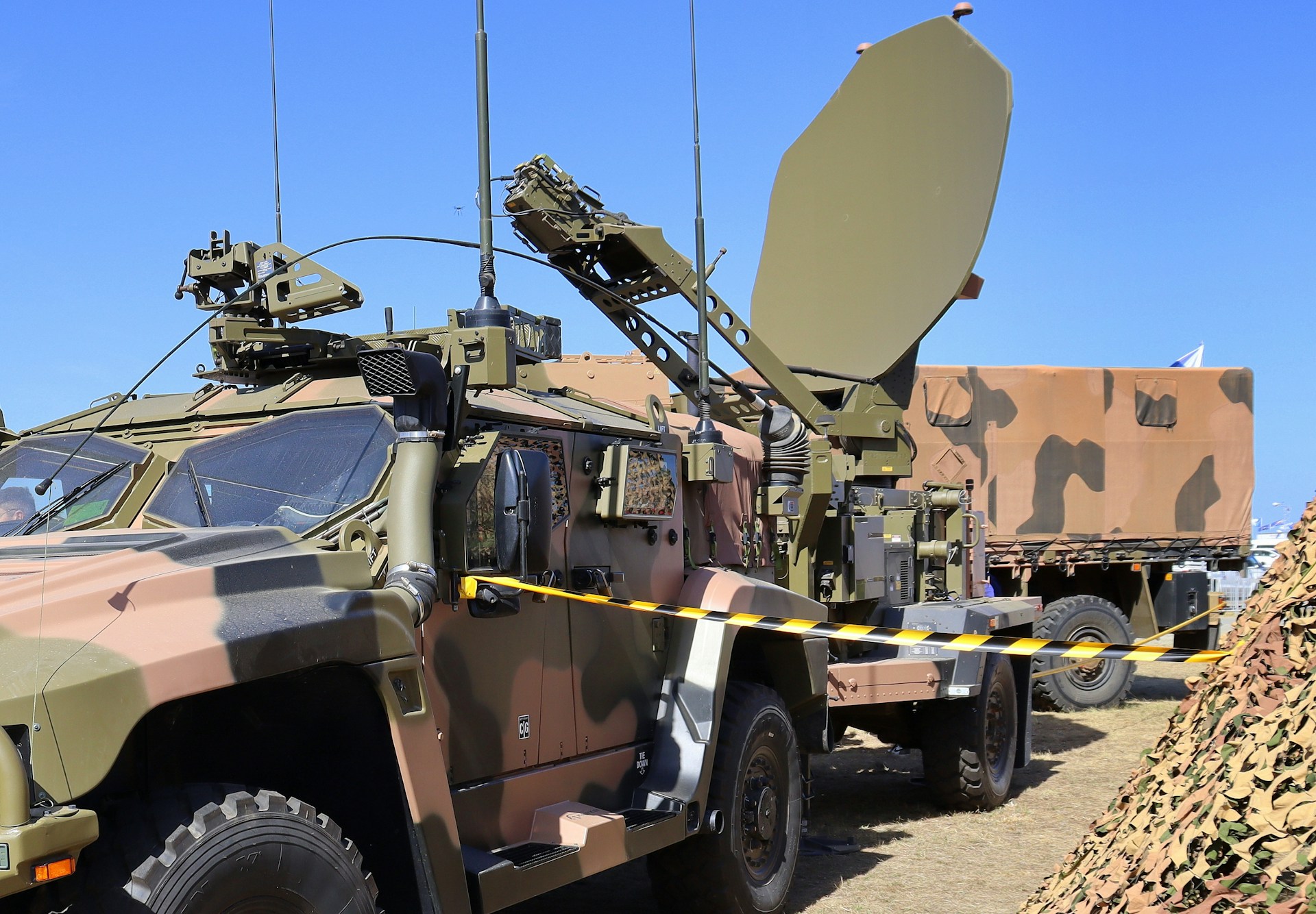A multi-directional attack from Iran and its proxies throughout the Middle East volleyed more than 300 drones and missiles at Israel over the weekend. These were almost totally fended off by Israeli air defenses, with assistance provided by its allies’ assets in the region. The US, which played a critical role in the defense of the Israeli mainland and is a significant financial backer of the country’s defense budget, is now requesting Tel Aviv hold off on any large-scale retaliation to avoid a spiraling back-and-forth of escalation within the region. Though Iran’s initiative in launching its aerial attack was unprecedented, their overarching goals were likely limited in scope.
The economic imbalance in what it costs Iran to coordinate such attacks and how much Israel must spend to mount an effective defense against them is also a key consideration, as Iran’s drones can cost several thousand Dollars to manufacture, but Israel’s air defense munitions are worth up to millions per shot. It is estimated that on Saturday alone, Israel utilized the equivalent of $550 million worth of air defense. Iran could launch many further waves of drones and ballistic missiles while Israel risks exhausting its air defenses without more assistance from its allies. The US has warned Israel that it will not embark on any offensive operations against Iran, risking a deterioration of this relationship if Israel pushes back against Iran aggressively. It is likely that the Netanyahu government moves ahead to scale up operations in southern Gaza to show that it will not be intimidated by outside pressure.
Related ETF: SPDR S&P Aerospace & Defense ETF (XAR)
Over the weekend, Iran and several of its proxies in Yemen, Lebanon, Syria, and Iraq launched a mix of more than 300 drones and missiles at Israel, ostensibly an act of retaliation for Tel Aviv’s bombing of an Iranian consulate in the Syrian capital of Damascus on April 1. Codenamed “Faithful Promise”, Iran’s operation was a bid to “create a new equation”, according to officials in the Islamic Revolutionary Guard Corps (IRGC). Israel is used to missile and drone salvos flying in its direction from nations with strong ties to the IRGC, but this so-called “new equation” means that any attacks on Iranian interests will be responded to with direct action from Iran itself, not just its proxies closer to Israel.
The IRGC’s Quds Force, specializing in unconventional warfare, military intelligence, and extraterritorial operations, is the primary means by which Iran directly coordinates with its international proxy groups like Lebanon’s Hezbollah on the ground. The Quds were directly targeted in the April 1 bombing of Damascus, which killed an IRGC General and several officers. Iran’s government likely felt that a strike against one of their consulates could not go unanswered, especially after Tehran had previously laid out supposed “red lines” in regard to Israel’s invasion of Gaza, but ultimately did little to back up threats of harsh consequences resulting from Israeli Defense Forces’ (IDF) ground operations in the Gaza Strip throughout the past five and a half months.
Though the initiative shown by Iran to strike directly at Israel was unprecedented, the attack itself was not particularly unique or devastating. The slow-moving drones launched directly from Iran itself were detected hours before entering Israeli air space and were all reportedly shot down, according to Israeli sources. Only five missiles managed to overcome Israeli and American air defenses in the region. Jordanian and British assets also took action to engage the mass of airborne explosives. Israel’s Nevatim Air Base took the most notable damage, and was likely the primary target, having been struck by four missiles. Nevatim, is home to Israeli F-35s, the fighter jet that is suspected to have carried out the strike on Iran’s Damascus consulate.
Iran knew that many of its drones and missiles would be detected and shot down, which was partially an intentional effort to overwhelm Israel’s air defenses, but it also seems like Iran was more than pleased with the limited success its weapons realized. In fact, Iran’s mission to the United Nations claimed…
To read the complete Intelligence Briefing, current All-Access clients, SIGN IN All-Access clients receive the full-spectrum of MRP’s research, including daily investment insights and unlimited use of our online research archive. For a free trial of MRP’s All-Access membership, or to save 50% on your first year by signing up now, CLICK HERE










